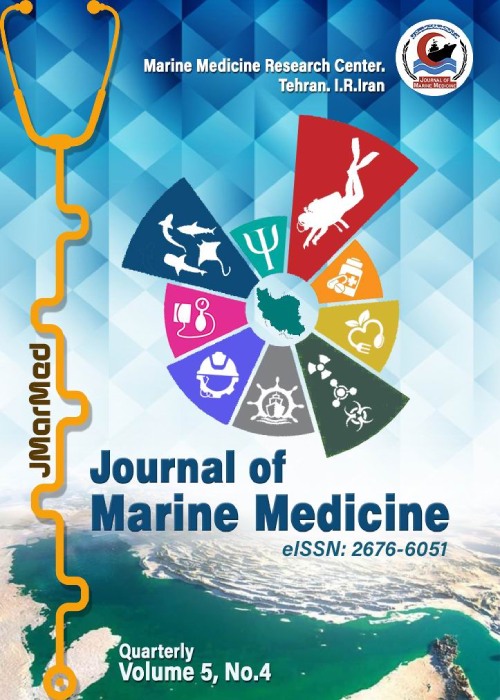A Review of the Biotoxin of Marine Dinoflagellates; Mechanism of Action, Methods of Analysis, and Effects of These Toxins on the Environment and Human
The blooming of marine benthic dinoflagellates with the potential to produce biotoxins is a phenomenon that has recently caused growing concern in the health, economic and ecological sectors of tourist and fishing areas. Since the early 1980s, the occurrence of toxic marine algae blooms has increased and caused widespread poisoning in humans. Recently, many harmful and toxic dinoflagellates have been reported from the coastal areas of southern Iran, which have played a role in most of the harmful algal blooms in the coastal strip of the Sea of Oman and the Persian Gulf. Many of these dinoflagellates are benthic and epiphytic in the sense that they generally live on the seabed or on coral reefs and macroalgae and can cause extensive health and economic damage during large-scale blooms due to their proximity to the coast. Also by entering the food web, they can also be transmitted from small organisms such as zooplankton to larger aquatic organisms such as fish, thereby threatening human health. The present study, to evaluate the potential dangers of toxic dinoflagellates causing harmful algal blooms, conducted review studies using library resources. Also, by analyzing the relevant contents of the articles and searching in Iranian and international scientific databases, the biotoxin of marine dinoflagellates and its effects on the aquatic, marine ecosystem, and human health were studied. The results of this study show that 80 species of phytoplankton have the potential to produce toxins, of which about 20 benthic species produce the strongest marine biotoxins, which are deadly to aquatic animals and even humans. The most dangerous of these biotoxins include saxitoxins, gonyautoxins, palytoxins, brevetoxins, yessotoxins, ciguatoxins, maitotoxin, okadaic acids, and azaspiracids and if harmful algal blooms are formed, they can lead to widespread death of aquatic organisms and if they enter the human body, they can cause acute and deadly poisoning. Findings from a review of related studies clearly demonstrate the importance of identifying toxic benthic dinoflagellates and the need to include them in programs to monitor harmful algal blooms on coasts.
- حق عضویت دریافتی صرف حمایت از نشریات عضو و نگهداری، تکمیل و توسعه مگیران میشود.
- پرداخت حق اشتراک و دانلود مقالات اجازه بازنشر آن در سایر رسانههای چاپی و دیجیتال را به کاربر نمیدهد.




